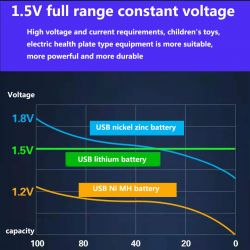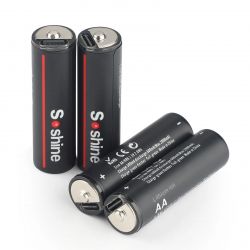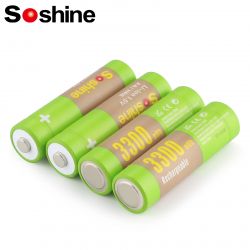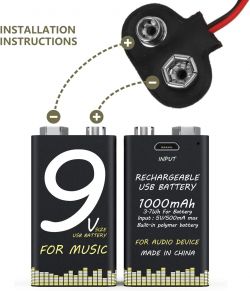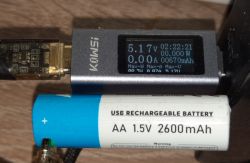
Hello
Below are photos of the inside of an AA battery with a lithium-ion cell. The link itself has no visible marking. There was a problem with charging from new, so the whole thing was dismantled. As you can see, the electrolyte was spilled and the connections were corroded. The electronics themselves seem to be functional and may be used in a wall clock with an 18650 cell.
Inside there is an LC9205D converter. According to the description on the label, the current capacity is 140mA.

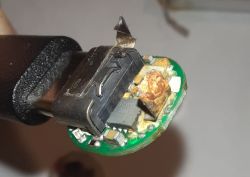
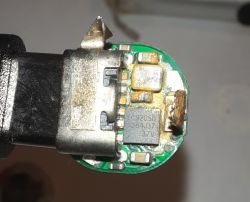

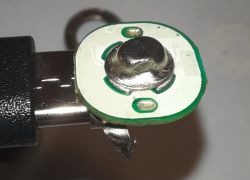
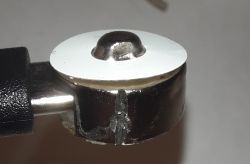
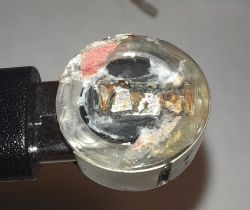
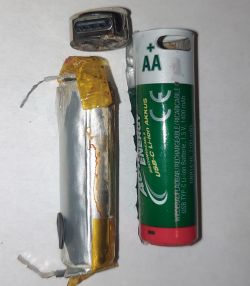
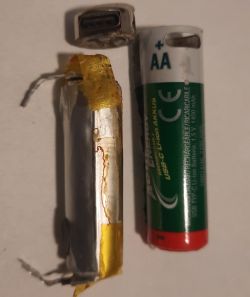


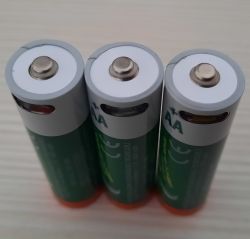
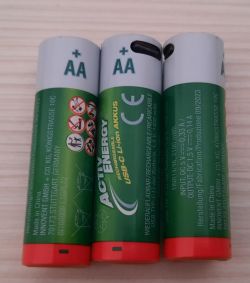
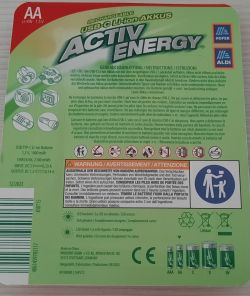 Description from the Chinese website:
Description from the Chinese website:Quote:LC9205D is a three-in-one integrated chip used in 3.7V to 1.5V lithium dry battery. Mainly intended to replace traditional AA alkaline batteries and 1.2V AA nickel-metal hydride batteries.
The LC9205D chip achieves a high degree of integration. One chip completes the charging, discharging and protection functions of a lithium battery.
The peripheral circuit requires only two capacitors, one resistor and one inductor.
1. Highly integrated, three in one;
2. High reliability, under voltage, overcharge, short circuit, overheating and lithium battery protection;
3. Very low self-discharge, less than 6uA;
4. With NTC temperature control to better protect the battery;
5. Supports maximum discharge of 3.5A to meet high power discharge requirements;
6. Streamline peripherals Total production cost is reduced by up to 50%
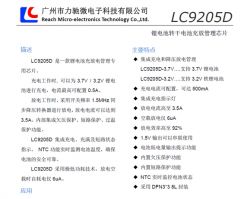
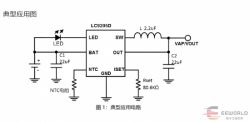
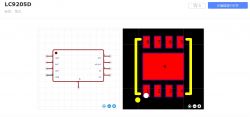
The measured output voltage is 1.51V with almost imperceptible ripple.
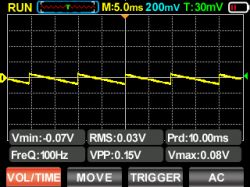
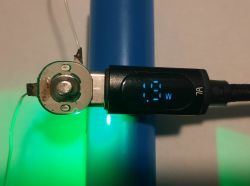
The other three work. Due to the low output current, they can be used in remote controls and watches. Electric toys with motors have not been tested, so it is not known whether the system has any overcurrent protection.
There are also AAA versions with an output current of 100mA
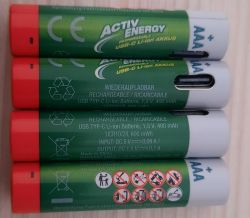
Regards
Cool? Ranking DIY






